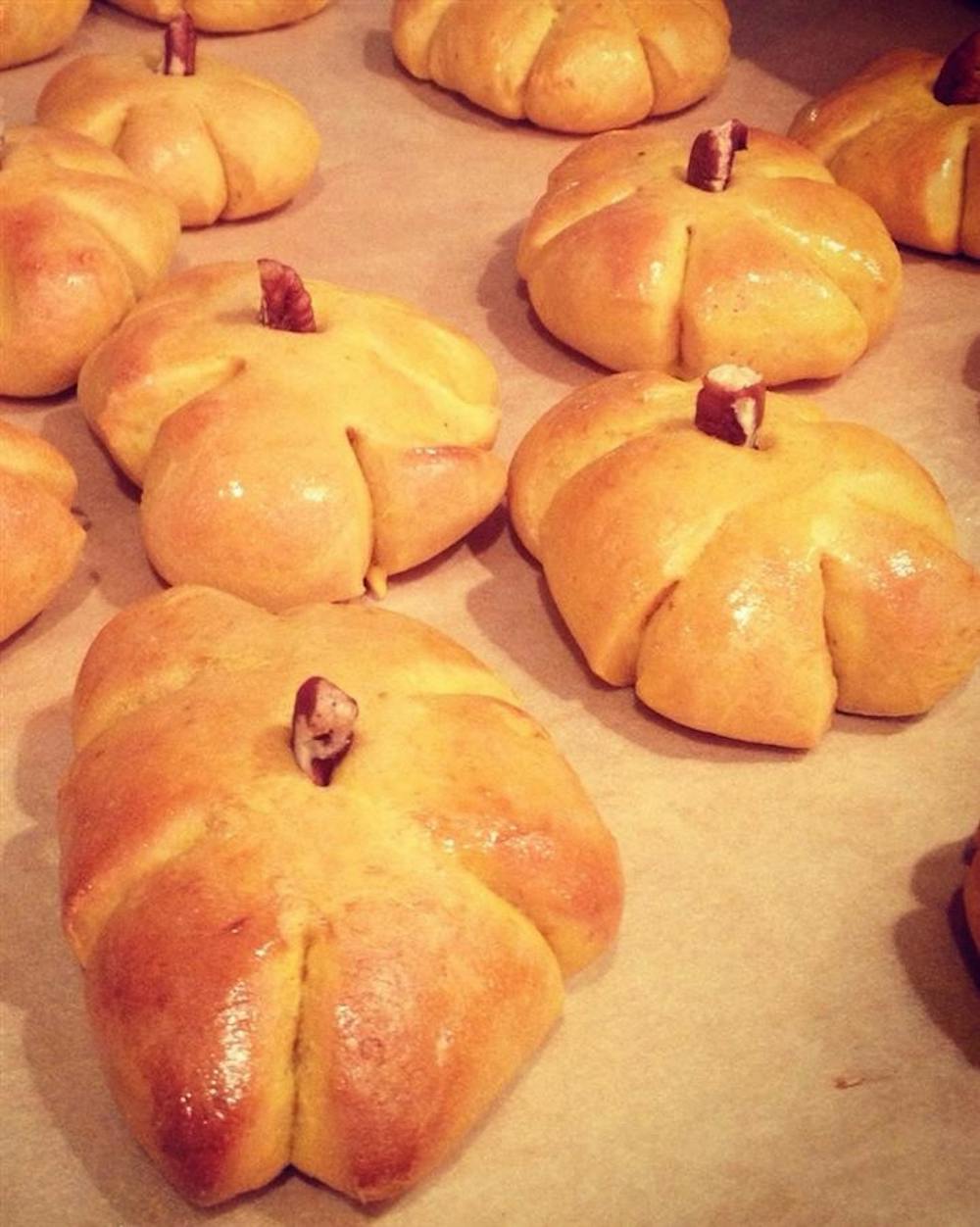Once a year, in-laws come together and college students venture home to gather with family for Thanksgiving.
It’s a holiday centered on food that requires no teeth to eat, foreseeable fights between distant relatives and a fabricated story about pilgrims and Indians peacefully gathering for dinner.
More than that, Thanksgiving is focused on America’s attempt to preserve what we see as a custom through traditional foods that have a long, untraceable connection to the holiday.
But the oxymoron is that tradition, which is defined as the passing down of culture from generation to generation, is inevitably invented.
This disjoints our belief that we’re celebrating Thanksgiving as it has
always been done.
We often think of Thanksgiving dishes — turkey, cranberry sauce, sweet potato casserole — as holiday traditions that have been celebrated for ages, but I’m fairly certain pilgrims in colonial America didn’t feast on your grandmother’s green bean casserole.
And though Thanksgiving dishes can be traditional to your family, either from your mom using different ingredient brands or leaving the pie in the oven too long, the dish will inevitably be different every year.
When your great grandmother passes down a recipe to you grandmother, the two women will not prepare identical dishes, even if the recipe stays the same.
Therefore, tradition has less to do with physical objects.
Instead, it has to do with the act of remembering a part of your past and making it relevant to your present life.
It just so happens food has this miraculous way of making you feel as if you’re doing that.
Last weekend, I went to an up-and-coming holiday, “Friendsgiving,” or a gathering in which friends prematurely celebrate Thanksgiving with copious amounts of “traditional” foods.
Though I ended up toward the end of the line, sadly encountering many empty dishes by the time I reached the food, I was able to try more than my fair share of my friends’ interpretations of Thanksgiving dishes.
Between multiple variations of cornbread and green bean casserole that guests said they had prepared using a family recipe, I was able to taste a little bit of dishes fulfilling their desire to preserve a part of the past.
To me, regardless of how much I liked it, it was still just food.
But to the one who made it — if it had a personal tie to his or her life — it was a small representation of his or her past.
This year, as I attempt to cook the majority of my family’s dinner, I’m bringing new dishes to the lineup for the sake of trying something new and maybe inventing new traditional dishes for my family’s dinner.
But I only offered to cook half of the dishes on one condition: that my mom makes her sweet potato casserole with brown sugar and walnuts.
I’m okay with breaking the occasional tradition, but there’s still a 10-year-old girl in me that needs her mom’s sweet potatoes.
— acarnold@indiana.edu
Follow food columnist Amanda Arnold on Twitter @aMandolinz.
Column: Searching for tradition in holidays

Get stories like this in your inbox
Subscribe





